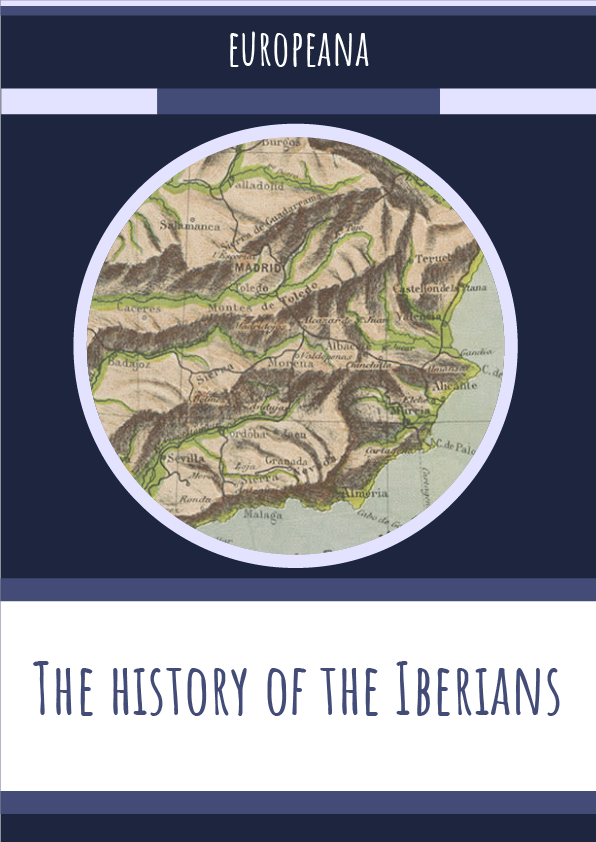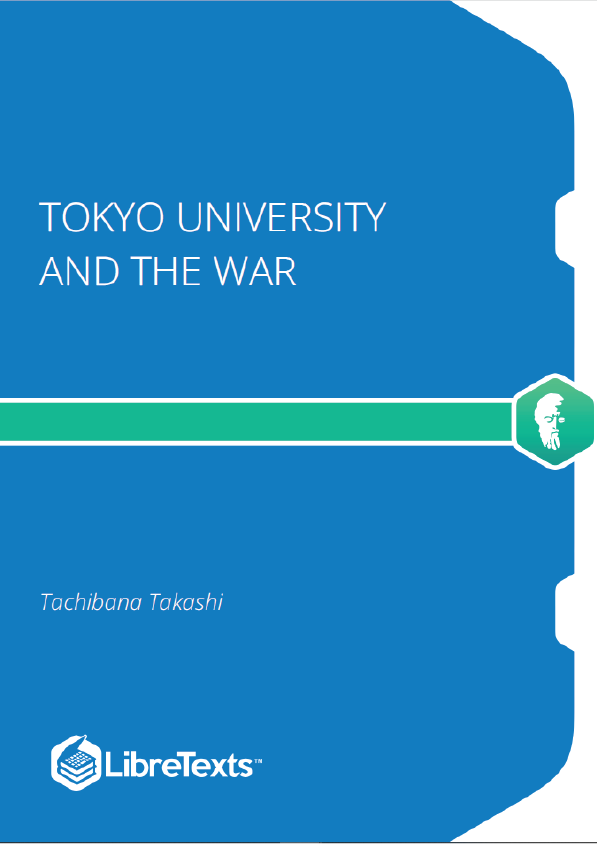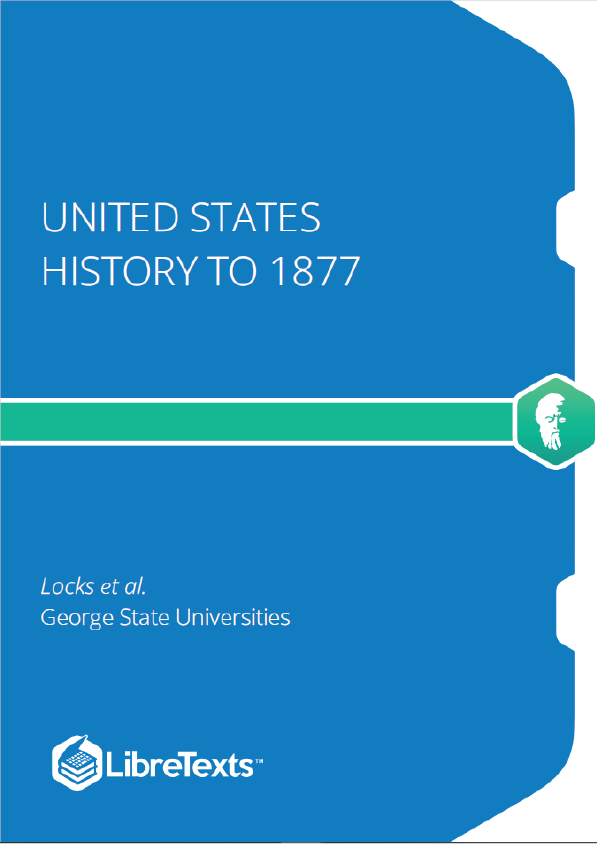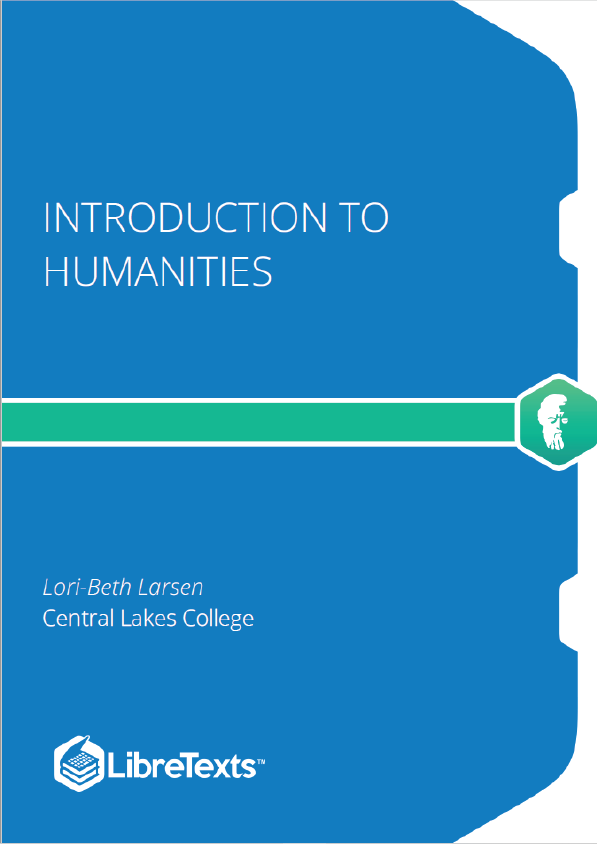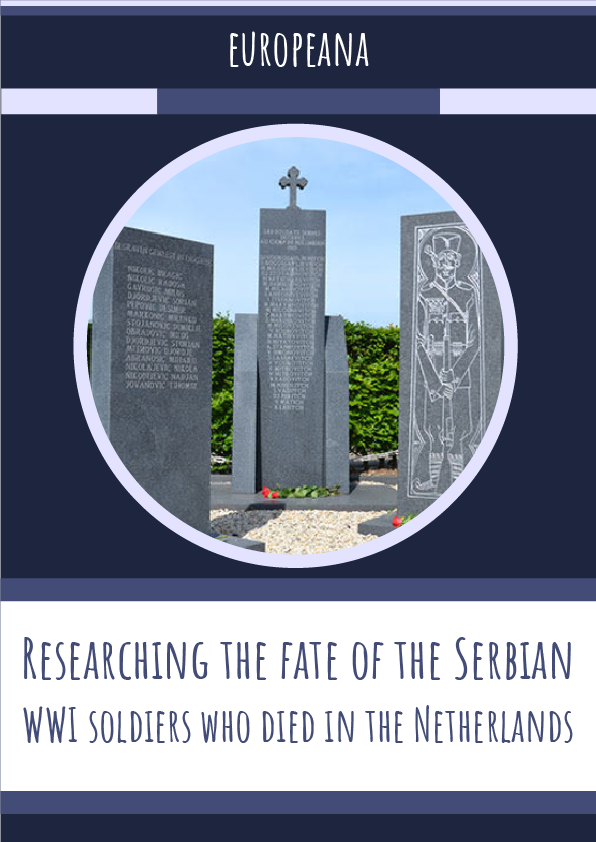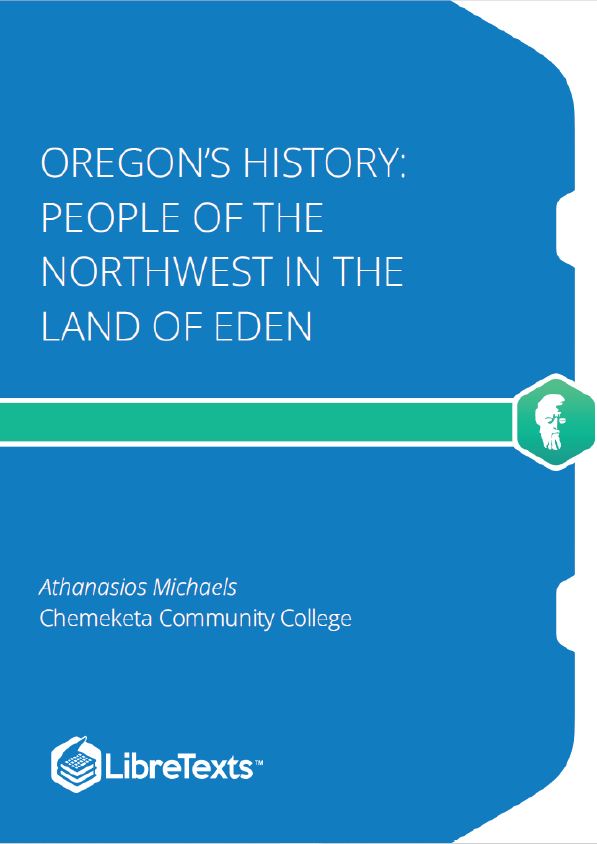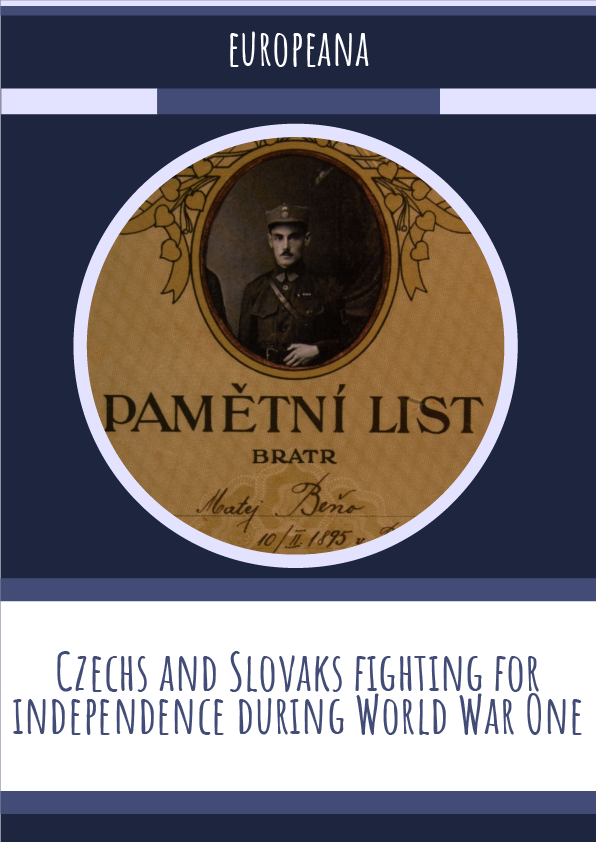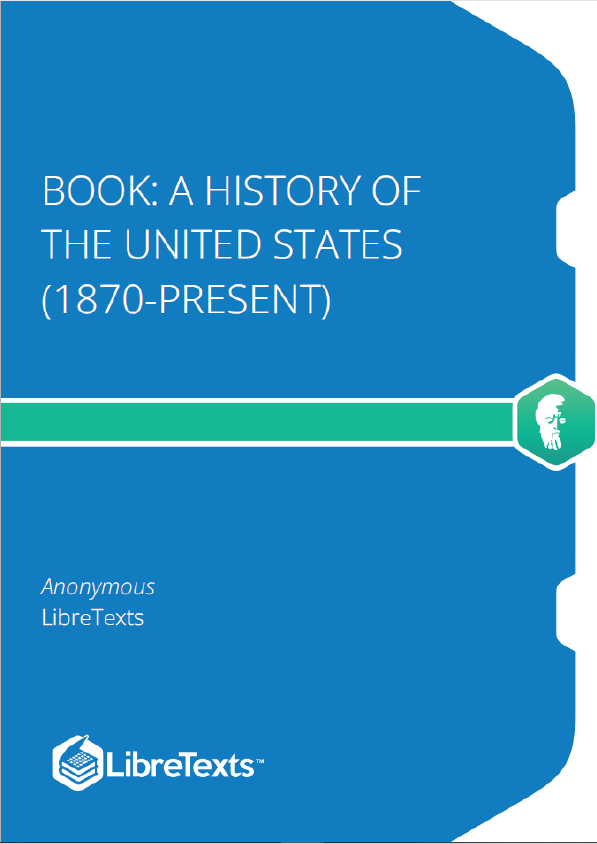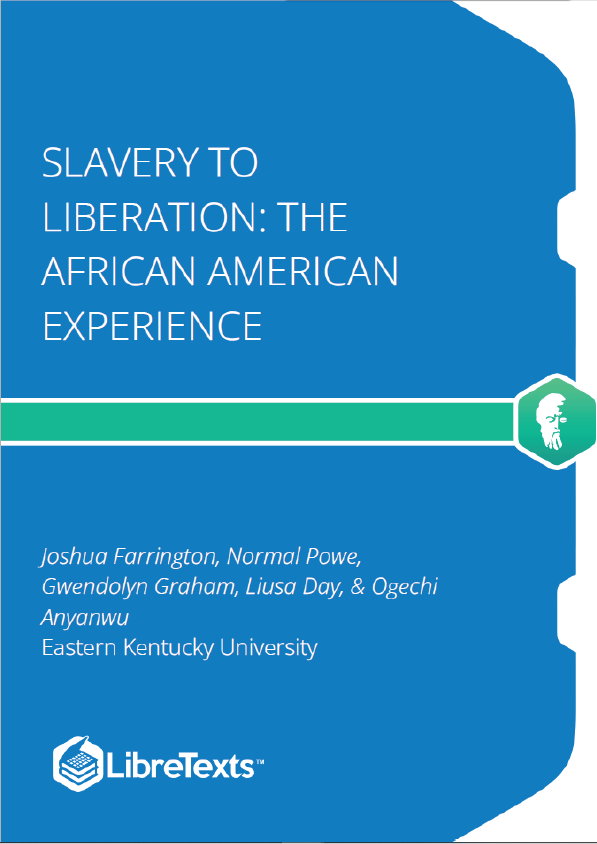A brief history of their political structures and their demise
Diversity in time and space
The Iberians lived along the Mediterranean coast and in the south and centre of the Iberian Peninsula, as well as in the French Languedoc region. The large cultural area of the ancient Mediterranean was the staging ground of the historical dynamic between the 6th-1st centuries BC that the Iberian peoples took part in. The term Iberian encompasses a huge diversity. Iberian society was a mosaic of political entities with common cultural features, as well as their own regional and local traits. The ancient writers referred to them by different names: Oretani, Contestani, Bastetani, Indiketi, Edetani, etc. These people shared a language that today we call Iberian. Of course, that does not mean there were no other languages, as we have evidence of others on the Iberian Peninsula just prior to Romanisation.
An aristocratic and clientele society
In the late 5th and early 4th centuries BC, we see a series of important social changes that would lead to the consolidation of an aristocracy and the emergence of a clientele system. This meant that a single aristocrat or prince would become a dominant leader of groups of people who supported him and his lineage. This new political system led, among other things, to cities and towns that centered around these leaders, also known as territorial nucleation. In this context, the oppidum or fortified Iberian town became the centre of reference in the landscape and the political space. The town focused and organised the territory and, mainly from the 4th century BC on, led expansion programmes. This meant that the differences between towns became more evident and the hierarchy in the territory accentuated. The Iberian landscape stayed heterogeneous in the way that its towns were constructed, however: the Romans did territorial organisation very differently, and not all Iberian towns became oppida.
Iconography
Iberian pottery is a unique and distinguishing feature of this culture. Most Iberian pottery was decorated in red with mainly geometric forms, although in some areas (from Murcia to the south of Catalonia) figurative images were added. The powerful iconography of these societies made the images on pottery a great way of sharing information and spreading propaganda. Studying this iconography offers us an insight into the ideologically complex beliefs, narratives, and myths of the Iberians.
A great example of this is Iberian eschatology (i.e. the Iberian theological beliefs about the end of the world). For Iberian societies, the hereafter was a continuity of life; death was seen as the starting point for a journey symbolised by a crossing of the sea, the land or even the sky. Supernatural and mythical beings, such as the Sphinx or the wolf, and sometimes Divinity itself, accompanied and guided the deceased on this journey. The crossing of this threshold of death culminated in a celebration, a place of reunion symbolised by abundance.
The end of the Iberians
The Second Punic War shook the deeply-rooted social and political structures of the Iberian societies. In the final years of the 3rd century BC, the Iberian peninsula became the staging ground for the war between Carthage and Rome, accelerating a series of transformations that affected all levels of life. Iberia soon came under the effective domination of the Roman victors. This process did not affect the whole Iberian area in the same way, as the official interests varied according to the territory. It is, therefore, difficult to summarise such a complex and varied process that in the late 1st century BC would lead to the end of the Iberian societies, as they became integrated into the homogeneity of the Roman structure.
Battle of Baécula, Cerro de las Albahacas (Santo Tomé-Cazorla, Jaén, Spain). Left: Weapons (selection); right: Iberian mercenary, Roman legionary and Carthaginian soldier. This historical and contextual complexity offers us an open panorama for archaeological research in which the University Research Institute for Iberian Archaeology (University of Jaén, Spain) is a centre of reference for the multidisciplinary analysis of those Iron Age societies.
